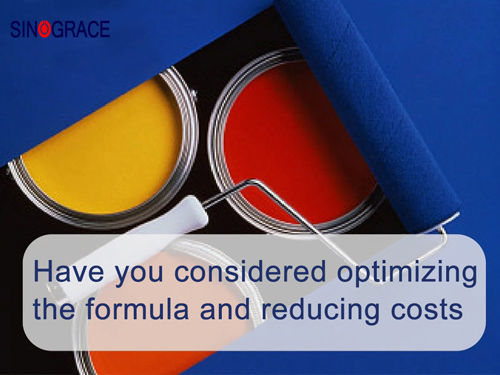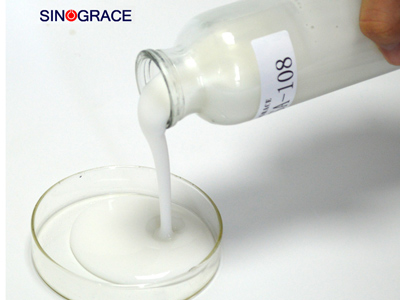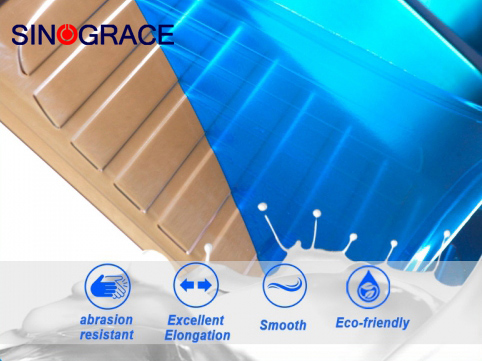The function and use method of primer and matters needing attention
In nylon, PP and other plastics and metal substrate painting and bonding process of the industrial surface treatment industry, the role of the base coating agent is equivalent to the auxiliary additives. In the painting process to improve the combination between the paint and the substrate, the bonding process is to cooperate with the adhesive, improve the adhesion of the adhesive or glue to the substrate. Therefore, the base coating agent in the industry also has another name is adhesion primer. Before we understand the role of primer and the method of use, we can get some answers from its application cases: for example, the storage box of PP substrate in automotive interior trim and water-based polyurethane glue bonding problem; Toy car wheel spray silver oil, paint off. It can be known that the base coating agent can be a good solution to the adhesion problems encountered in the field of industrial painting and bonding. Now 中恩 treatment agent will talk about the base coating agent with you. One. What is a base coat? Bottom coating agent is usually called bottom coating primer or bottom coating adhesion primer, which usually has a certain film thickness (of course, there are also some bottom coating agent is no film thickness), can be constructed on the surface of the substrate by spraying or brushing, can wet the substrate, and assist to enhance the adhesion between the substrate and the paint or glue, improve the reliability. Common base coating agent: nylon base coating agent, PP base coating agent, metal base coating agent, etc. Two. What is the role of primer? The role of base coating agent according to the different surface treatment process to distinguish, in the adhesive process is mainly to improve the adhesive and the base material bonding strength, to solve the problem of difficult to stick to the base material degumming, has a good wettability and adhesion ability, through the base coating connection channel to promote the combination of the two. And in the spray painting process, it is by improving the surface of the substrate and enhancing the adhesion between layers to promote the adhesion of the paint and the substrate to achieve a firm coating. Three. Which substrates is the primer applied to? The most used materials in industrial production are plastic and metal, so the surface treatment to achieve finishing is also naturally these two categories of substrate. The substrate used more in plastics is nylon, PP, etc., of course, there are other plastic materials, not to mention one, in addition to plastic and metal bonding between the substrate. Four. What is the use method of base coating agent? The use of substrate is actually very simple, easy to operate, in the substrate surface spraying a layer of substrate coating after spraying or painting and adhesive can be. The specific amount needs to be determined according to the actual use of the situation, the general spray is 3-μm, and then dry after the next step of the process, ...
read more

 English
English français
français русский
русский español
español العربية
العربية








